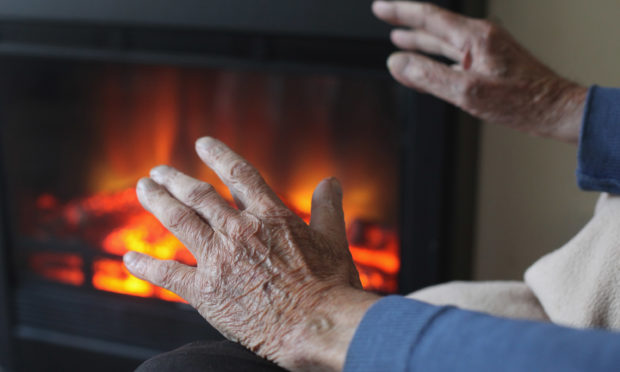 FUEL poverty must be at the top of the agenda when considering energy policy, say the SDLP.
FUEL poverty must be at the top of the agenda when considering energy policy, say the SDLP.
The route to a low carbon future must be allied with ensuring that energy is affordable, creating a just transition.
This will be the theme of an online meeting held by the SDLP on Wednesday next week (23rd June).
The party’s energy spokesperson and Foyle MLA Sinead McLaughlin said: “Fuel poverty is a serious problem in Northern Ireland, leaving far too many households and our older people with insufficient heat to stay warm.
“It is essential that we protect vulnerable people more effectively as we move towards low carbon energy solutions. Renewable energy can be cheap, but making homes energy efficient is often very expensive.
“Given the scale of the challenge we face in decarbonising our energy sector, it will be necessary to ensure that financial support is available to low income households for greatly improved energy efficiency.
“The end is nigh for fossil fuels, but the transition to the low carbon future must be managed in a way that is fair and just.”
SDLP Climate Crisis Spokesperson Cllr Pete Byrne said: “Improving the energy efficiency of homes remains the most sustainable, long-term solution to fuel poverty and is also an essential part of tackling climate change.
“Given the vast complexities across different households, it is vital that we explore local council and community-led initiatives so that together we can deliver diverse and significant benefits to fuel poor households.”
Cllr Brian Heading said: “We cannot afford to have families living in and enduring the economic, health and social impact of living in and with fuel poverty.
“The social costs of poverty impacts on our Health Service and costs millions tackling respiratory diseases.
“In 2011 the NI Assembly said ‘the eradication of Fuel Poverty must remain as a core goal’.
“Eleven years later Fuel Poverty is still a reality for too many.
“Actions speak louder than words and now is the time to act.
“A plan to eradicate fuel poverty is essential with definite and achievable targets of building warm homes easing the burden on our health service within ten years.”
Tags:




